Cradle Cap Vs Dry Scalp: Key Insights & Treatment Tips
Understanding the differences between the two conditions is key to getting the right treatment.

Image: ShutterStock
There is a difference between cradle cap and dry scalp in babies. Both may appear similar, and that is where it gets confusing. Cradle cap is caused by excess oil production, while a dry scalp is caused by dehydration. Both conditions are common in infants and can cause a lot og discomfort in them. So, it is crucial to manage them correctly and prevent any complications. In this article, we discuss the differences between these conditions to help you understand which condition your child may have. Additionally, we discuss the skin treatment options available. Take a look.
In This Article
What Is Dry Scalp?
A dry scalp is characterized by itching and flaking due to inadequate skin hydration. It might be a sign of pruritusi Also known as itching, an unpleasant, annoying sensation that can affect any part of the body and triggers a desire to scratch. (1). The child may also experience scalp scaling caused by dandruff or eczemai A persistent condition that causes dryness and itchiness in the skin and weakens the skin barrier function. (2).
A dry scalp is mainly caused by sebaceous activityi The secretion of sebum from the sebaceous glands to lubricate the skin and provide natural moisturization (3). Other extrinsic factors like unbalanced sebum production, weather conditions, and improper hygiene may also cause a dry scalp.
Key Takeaways
- Although cradle cap and dry scalp are often used interchangeably, they are two different conditions. Therefore, it is important to differentiate between them to treat them effectively.
- Dehydration can lead your baby’s scalp to be dry, while cradle cap is caused by excess oil production.
- If you notice symptoms such as redness, inflammation, and hair loss, consult a doctor immediately.
What Is Cradle Cap?
Cradle cap, also known as pityriasis capitis, is a common and chronic non-inflammatory form of skin scaling that affects infants (4). It is generally noticed in the child between the third week and a few months since birth. It is characterized by greasy, yellowish flakes (scales) that affect areas with excess sebaceous gland activity. These flakes are prominent on the T-zonei The areas on the face, like the forehead, nose, and chin, which are naturally very oily and form a 'T' shape of the face, the ears, and the scalp.
 Trivia
TriviaUnderstanding the causes of both these conditions can help determine the best course of treatment.
Causes Of Dry Scalp

Skin flaking occurs on the scalp mainly because of a lack of sebaceous activity (3). This keeps getting washed away and, thus, the scalp creates more sebum to make up for the loss. The scalp becomes undernourished and develops flakes when there is less sebum production. A reduction in sebum production could be caused by the following factors:
- Over-washing your child’s hair/scalp
- Fungal and bacterial infections
- Excessively hot or cold temperatures
- Nutrient deficiencies
- Infrequent oiling of the child’s hair/scalp
Causes Of Cradle Cap
While more research is warranted to understand the causes of cradle cap, a few factors are thought to result in the condition:
- Maternal hormones that increase sebaceous gland activity
- The Malassezia fungus that causes dandruff (it also disrupts sebum, absorbs the saturated fatty acids, and leaves the unsaturated fatty acids behind)
 Trivia
TriviaHow do you identify your child’s dry scalp or cradle cap?
Symptoms Of Dry Scalp
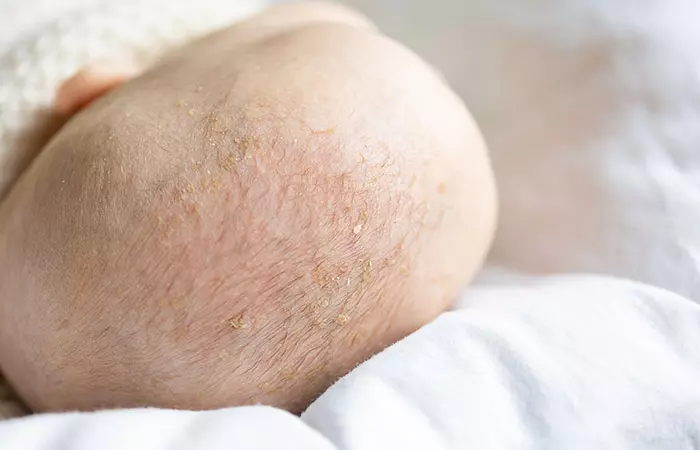
- Small white flakes
- Redness or small bumps on the scalp
- White flakes characteristic of a preexisting skin condition, like eczema
Onyin, a mother and a blogger, spoke about her son developing cradle cap when he was about 3 weeks old. She said, “I started seeing white ‘sticky residue’ on his scalp, which is how I knew Cradle Cap had indeed arrived (i).”
Symptoms Of Cradle Cap

- Yellowish and greasy scales
- Slight redness with skin inflammation (5)
- Scales at the vertex and frontal regions of the scalp
- Cradle cap is most often neither painful nor itchy. It is primarily noticed during the third month of infancy and reduces before the child turns one. But it can occur in early childhood years as well.
The following section lists the treatment options and prevention tips for both conditions.
Treatment And Prevention Tips

Dry Scalp: Oiling works best as a moisturizing scalp treatment. While adults with a dry scalp may go for a deep conditioning treatment, it is not recommended for infant scalp. You may instead use natural moisturizers, oils, and baby-friendly hair masks and hair products.
Cradle Cap: Cradle cap may not be prevented as its major cause is thought to be maternal hormones. However, certain treatment methods may help ease the condition. You can apply oils to your child’s hair and brush off the scales gently with a cradle cap comb. Wash the child’s hair with a mild and gentle shampoo. Learning how to get rid of cradle caps in toddlers helps alleviate these conditions, ensuring comfort and healthy skin for your little one.
While both these conditions usually resolve with the right hair care treatment, you may have to consult a doctor in some cases.
When To Consult A Doctor

These conditions can cause extreme skin irritation in some cases, causing great distress to the infants. It is best to consult a doctor when the condition becomes unmanageable in such ways. Let’s see how we can identify the symptoms in order to adapt necessary baby skin care measures.
Dry Scalp
- The dryness is paired with severe redness or inflammation and hair loss.
- The dryness persists even after applying hydrating packs and oils.
Cradle Cap
- There is moderate to severe pruritus (causing an itchy scalp), that hinders the child’s sleep and food patterns.
- There are crusty lesionsi Any lumps, rashes, blisters, sores, ulcers, or discolored areas on the skin caused due to injuries or infections that damage skin tissue on the cheeks or scalp.
- You notice vesiclesi Blisters, or bumps filled with a clear fluid, whose size is determined by the factors that cause them with thin, fragile roofs.
- There is hair loss.
- There are bright red, silvery scale papulesi Small, harmless bumps on the skin with no fluid build-up that can be caused by razor bumps, insect bites, etc. .
- The condition persists even 12 months after birth.
The doctor may prescribe an antifungal skin product with 2% ketoconazole or a topical steroid cream with 1% hydrocortisone for 2 to 3 weeks.
Infographic: Cradle Cap Vs. Dry Scalp
We often see babies with scaly scalps and assume it’s just dry skin. But it might be a cradle cap. The two conditions may appear similar at first glance but are distinct.
If you’ve observed your child with a flaky scalp and aren’t sure what it is, we have got you covered. To help you understand the cradle cap vs. dry scalp issue further, check out the infographic below to learn more about their differences and how to deal with them.
Some thing wrong with infographic shortcode. please verify shortcode syntaxTo recap, the difference between cradle cap vs. dry scalp is pretty clear cut. Cradle cap occurs when the scalp produces excess sebum, leading to greasy yellow flakes on the T-zone of the face, ears, and scalp. A dry scalp occurs because of dehydration. The lack of nourishment and hydration leads to a dry, itchy, and flaky scalp. Another stark contrast between these two conditions is that cradle cap occurs mainly in infants. A dry scalp, on the other hand, can affect anyone with a dehydrated scalp. To further distinguish between these two issues, keep the symptoms mentioned above in mind to ensure good skin health for your child. Both these conditions can be effectively treated with the right treatment.
Frequently Asked Questions
What are the most effective prevention tips for cradle cap and dry scalp?
To help prevent cradle cap, gently clean your baby’s scalp regularly and avoid using thick oils that can clog the skin. For dry scalp, make sure your baby stays hydrated and avoid using shampoos with strong chemicals. Brushing the scalp gently can also help spread natural oils and keep the scalp healthy.
Is cradle cap just dandruff?
Cradle cap is not dandruff. Dandruff is a scalp condition that can be caused by a dry scalp, excess sebum, and fungal infections. Cradle cap is a type of seborrheic dermatitisi A common skin condition affecting the oily areas of your body that causes inflammation, scaly patches, and dandruff that only affects infants.
Does baby oil help dry scalp?
Baby oil can be used to manage the baby’s dry scalp. However, if your baby has sensitive skin, you should perform a patch before applying it.
Should you brush the cradle cap?
You can brush the cradle cap off your child’s head after applying oil to their scalp. Use a soft brush and gently run it through your child’s hair and over their scalp.
Will hair grow back after cradle cap?
Cradle cap only lasts for a few months in infants. While hair loss might be a symptom, the hair will grow back gradually once the cradle cap clears.
Is coconut oil good for cradle cap?
Coconut oil can be applied to your baby’s hair and scalp to manage cradle cap.
Learn how to get rid of cradle caps in babies and know if it’s contagious. Click on this video to get tips on how to treat and prevent this common skin condition.
Personal Experience: Source
StyleCraze's articles are interwoven with authentic personal narratives that provide depth and resonance to our content. Below are the sources of the personal accounts referenced in this article.
i. ‘Cradle what?’ surviving stubborn cradle caphttps://everythingonyinye.wordpress.com/2025/01/31/cradle-what-surviving-stubborn-cradle-cap/
References
Articles on StyleCraze are backed by verified information from peer-reviewed and academic research papers, reputed organizations, research institutions, and medical associations to ensure accuracy and relevance. Read our editorial policy to learn more.
- A Practical Guide to Scalp Disorders
https://www.sciencedirect.com/science/article/pii/S0022202X15526572 - Prevalence of Scalp Scaling in Prepubertal Children.
https://pediatrics.aappublications.org/content/115/1/e1 - The Role of Sebaceous Gland Activity and Scalp Microfloral Metabolism in the Etiology of Seborrheic Dermatitis and Dandruff
https://www.jidsponline.org/article/S0022-202X(15)52586-4/pdf - Cradle Cap
https://www.ncbi.nlm.nih.gov/books/NBK531463/ - Interventions for Infantile Seborrhoeic Dermatitis (including Cradle Cap),
https://www.ncbi.nlm.nih.gov/pmc/articles/PMC6397947/
Read full bio of Madison Dufour
Read full bio of Arshiya Syeda
Read full bio of Ramona Sinha
Read full bio of Medha Deb






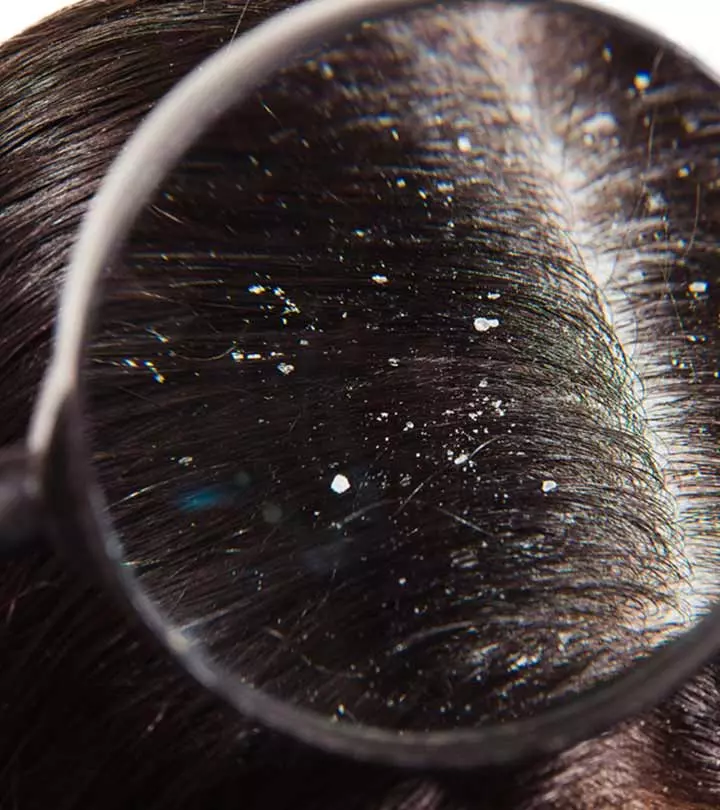
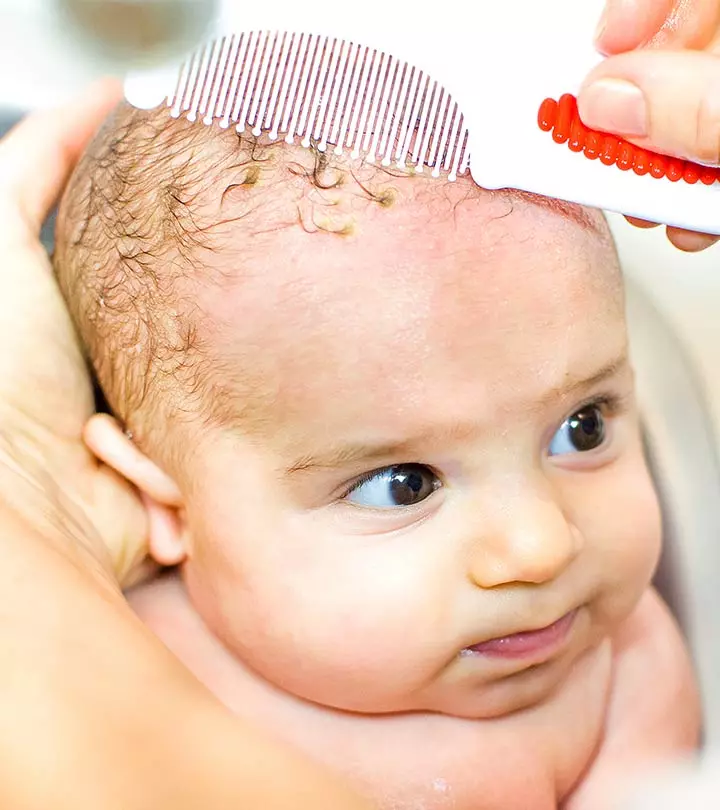

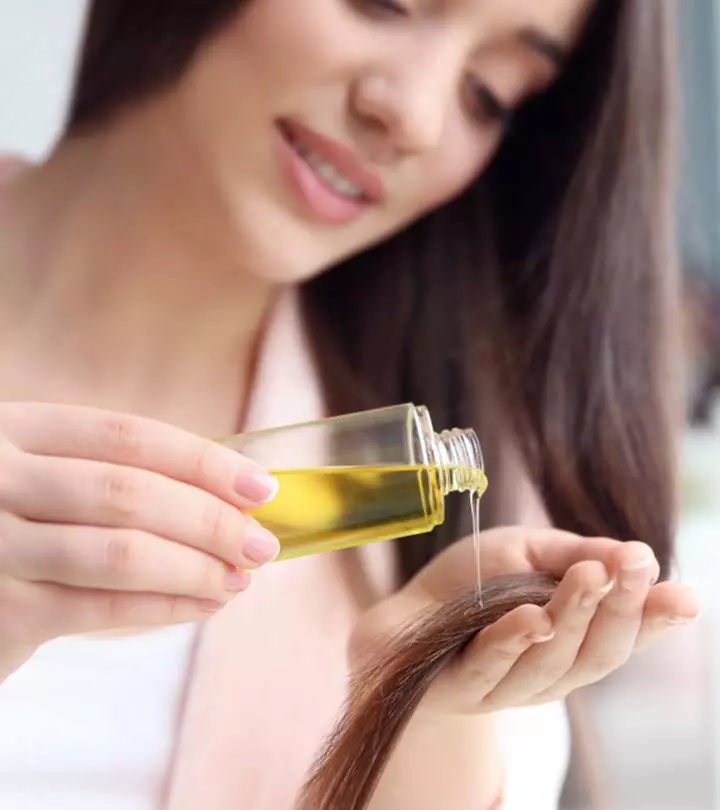

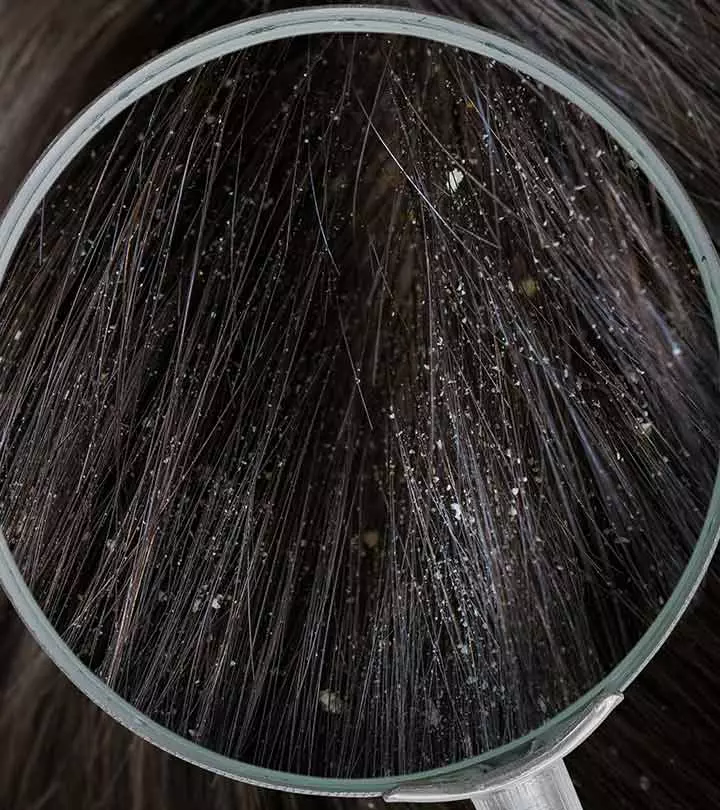





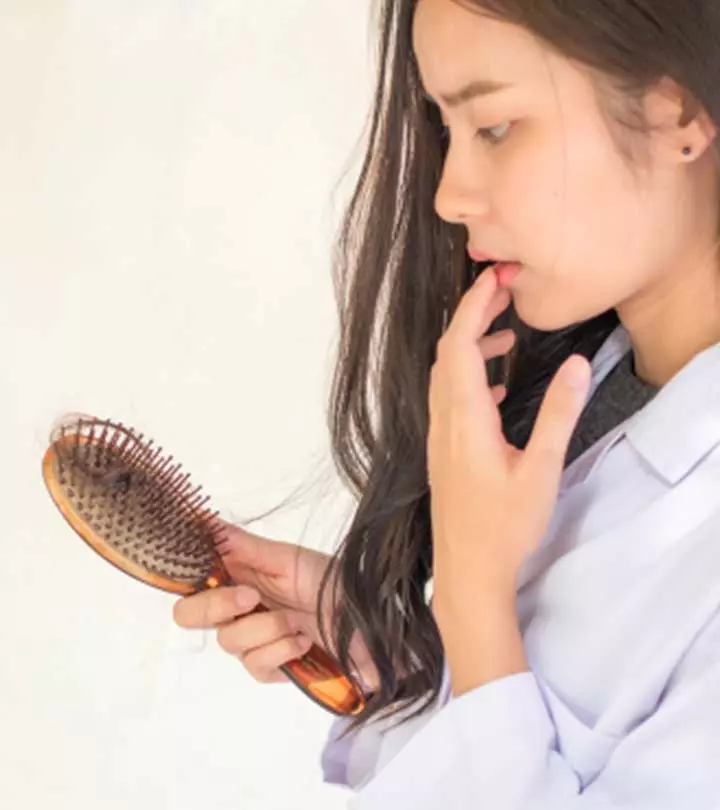


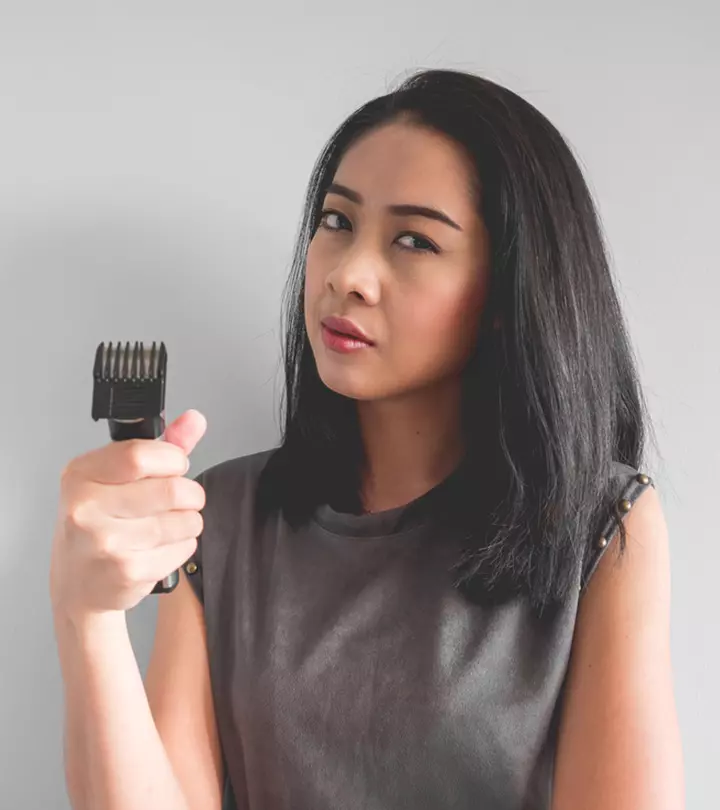


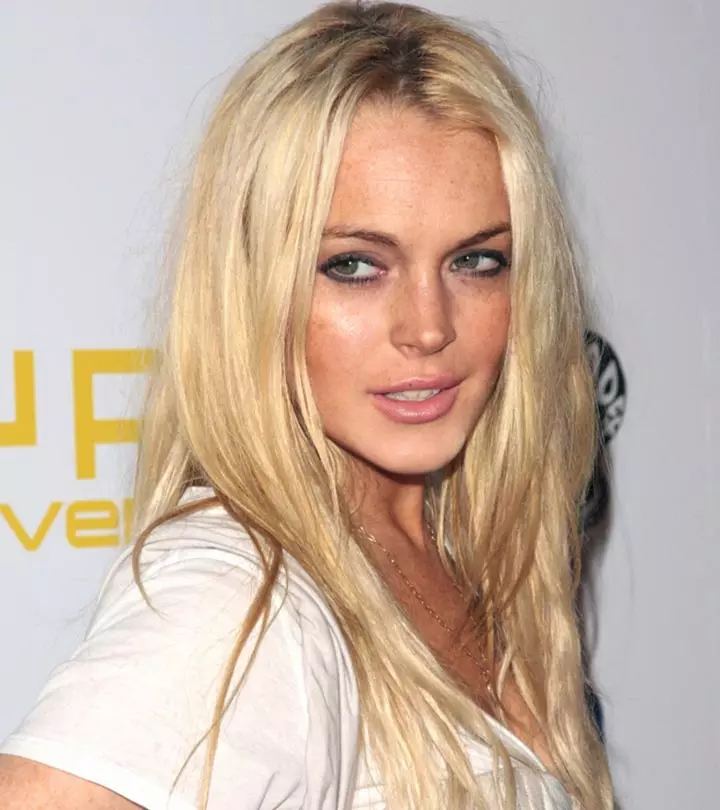

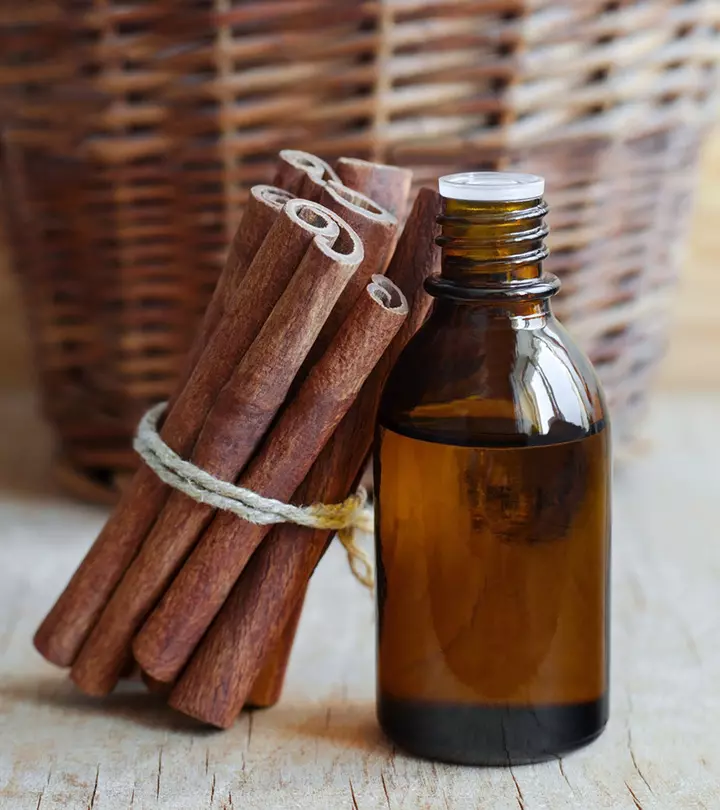
Community Experiences
Join the conversation and become a part of our empowering community! Share your stories, experiences, and insights to connect with other beauty, lifestyle, and health enthusiasts.